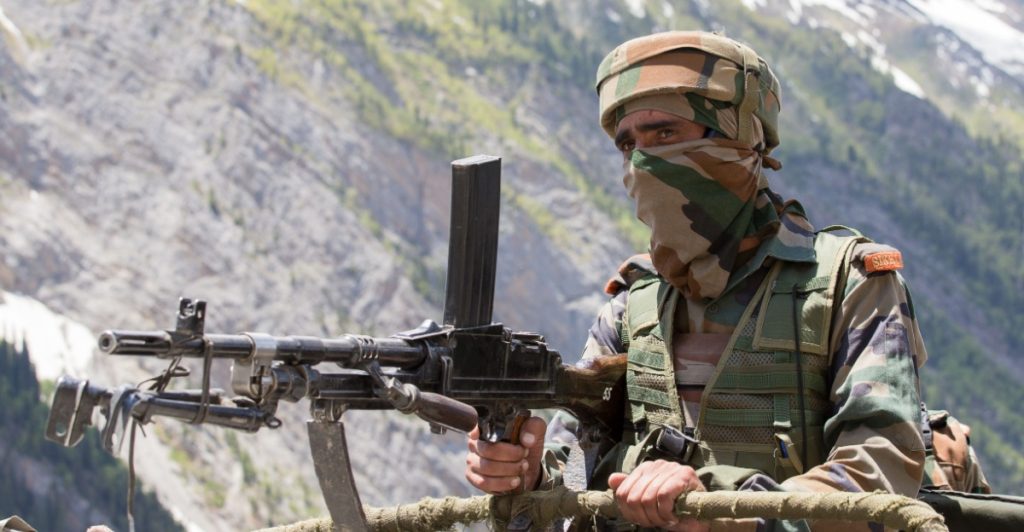Dozens Killed in Latest Crossfire as Regional Leaders Urge Restraint
Others are reading now
Tensions between India and Pakistan have reached alarming new levels after another round of overnight firefights erupted along the Line of Control (LoC) in the disputed Kashmir region.
The violence comes just a day after what observers have described as the most intense military confrontation between the two nuclear-armed nations in over 20 years.
Artillery and Small Arms Fire Reported Along the LoC
As reported by Digi24, Indian military officials confirmed that Pakistani forces initiated “unprovoked” small arms and artillery fire late Wednesday night into Thursday morning in several sectors of Jammu and Kashmir, including Kupwara, Baramulla, Uri, and Akhnoor.
The Indian Army responded “proportionally,” though no casualty figures were released.
Also read
The overnight exchange followed Wednesday’s air and missile strikes by India, which targeted nine alleged “terror infrastructure” sites within Pakistani territory.
India maintains the strikes were in response to the April 22 attack in Pahalgam, Indian-administered Kashmir, that killed 26 civilians. Islamabad denies any role in that attack.
According to the latest figures, the recent wave of fighting has left at least 31 dead on the Pakistani side and 12 on the Indian side, including numerous civilians.
Regional Mediation and Global Alarm
Pakistani Prime Minister Shehbaz Sharif vowed on Wednesday night to “avenge every drop of blood of these martyrs,” signaling that more military action could be imminent. In parallel, international actors are stepping up mediation efforts to prevent further escalation.
U.S. President Donald Trump offered a blunt appeal: “I want it to stop.”
Meanwhile, Iranian Foreign Minister Abbas Araghchi is scheduled to meet with Indian Foreign Minister Subrahmanyam Jaishankar in New Delhi today, following earlier discussions with Pakistani officials.
As artillery fire continues to ring out across Kashmir’s rugged terrain, global powers are watching with growing unease, fearing that the current crisis could spiral into a full-scale conflict with catastrophic regional consequences.


